The main objective of the limnogeological work is to establish a stratigraphic model of Lake Altaussee, enabling to study natural hazards and its effects on the local (Lake Altaussee), vs. regional level (i.e. in comparison to other lakes)
Specific Objective (O-1): Establish detailed characterization of the Holocene sedimentary infill of Lake Altaussee including semi-automated sediment classification techniques
Specific Objective (O-2): Develop lake-specific understanding of lithostratigraphic evolution and event deposition to establish event stratigraphic records and interpretations of causes and consequences of extreme events
Investigations are focusing on the analysis of subbottom profiles and sediment cores:
- a dense network of subbottom profiles (UIBK: 3.5 kHz Geopulse Pinger; BOKU: 8 kHz Innomar SES-2000)
- 22 short cores (hammer-driven, up to 1.8 long)
- 8 surface cores (up to 49 cm)
- 7 long sediment cores (length: 3m up to 9m; hammer-piston system borrowed from ETH Zürich)
Lab work – Austrian Core Facility of the University of Innsbruck (ACF)
Core images
High resolution core images of all cores have been acquired using the Smartcube Camera Image Scanner (SmartCIS) and the COX Analytical Systems ItraxXRF-CS
Multi-Sensor Core Logger (MSCL)
Whole round cores were measured with 0.5 cm resolution (bulk measurements: magnetic susceptibility, P-Wave velocity and γ-density). Split cores were measured with 0.2 cm resolution (point measurements: magnetic susceptibility (Bartington MS2E sensor) and color spectrophotometer (CM-700d spectrophotometer from Konica Minolta Measuring Instruments)).
X-ray fluorescence scanning (XRF)
XRF-CS was performed at ACF using COX Analytical Systems Itrax XRF core scanner on all surface and short cores at 500 μm downcore resolution. The Itrax XRF-CS was run with a Molybdenum X-ray tube (voltage 30 kV; current 45 mA; exposure time 5 s). Furthermore, radiograph of cores was collected by using Itrax XRF-CS digital continuous-strip X- radiograph (22 mm in width; at 200 μm downcore resolution).
Medical and micro X-ray computed tomography ((μ-)XCT)
Medical XCT scans were obtained with a voxel size of 0.2 × 0.2 × 0.3 mm3 at the Medical University of Innsbruck using a Siemens SOMATOM Definition AS.
Age constraints 14C-method
Constraints on the depositional age of the sedimentary sequence of the last ~ 150 years as covered by the surface cores will be available from gamma spectrometric measurements (short-lived radionuclide 137Cs and 210Pb dating); radiocarbon AMS 14C dating was obtained on cores to extend the existing age model.
Contact: Jasper Moernaut
Department of Geology
University of Innsbruck (UIBK)
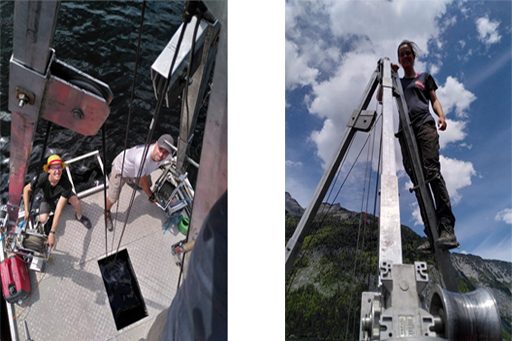
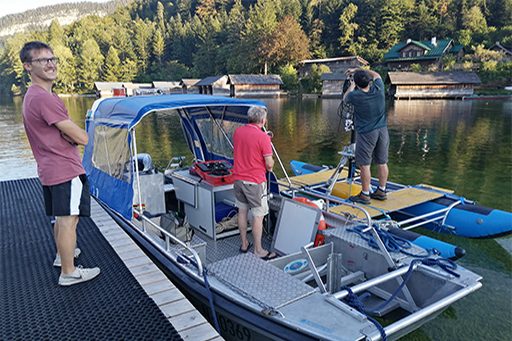
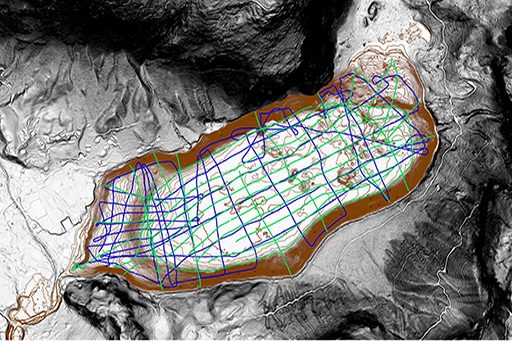
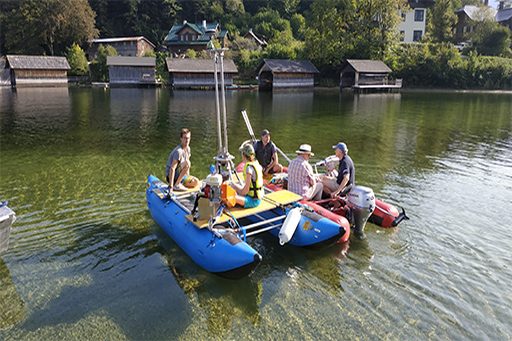
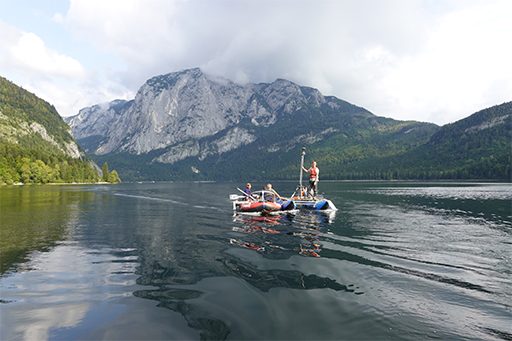

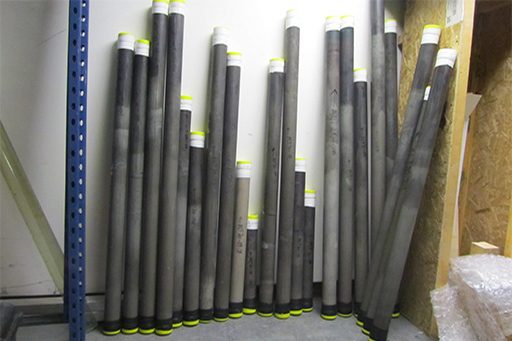

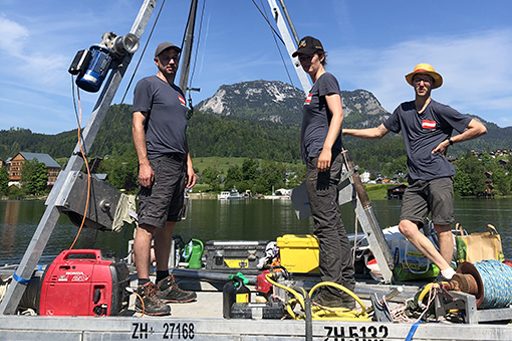

Analysis 101 of the sediment core delivered …..
